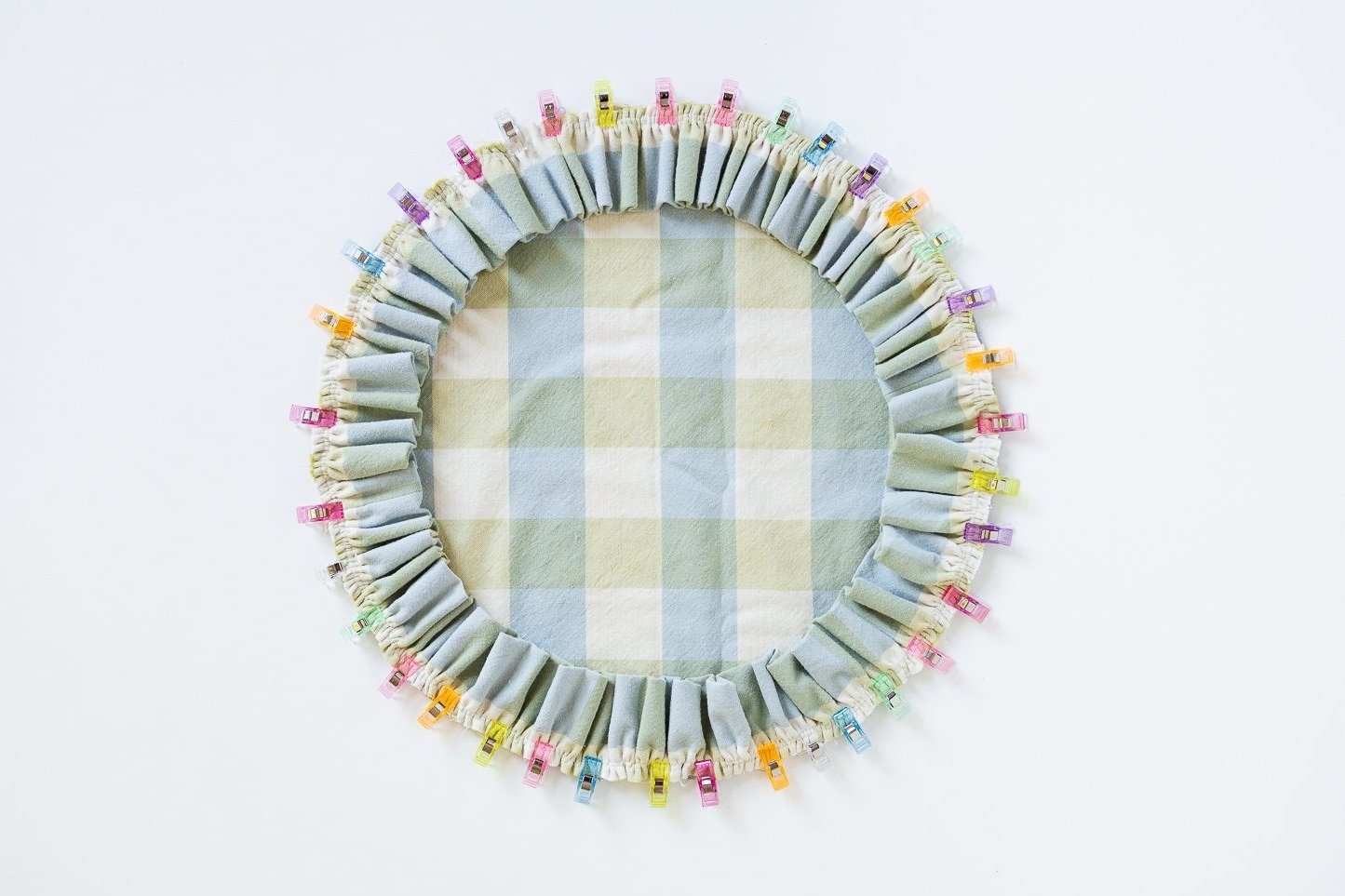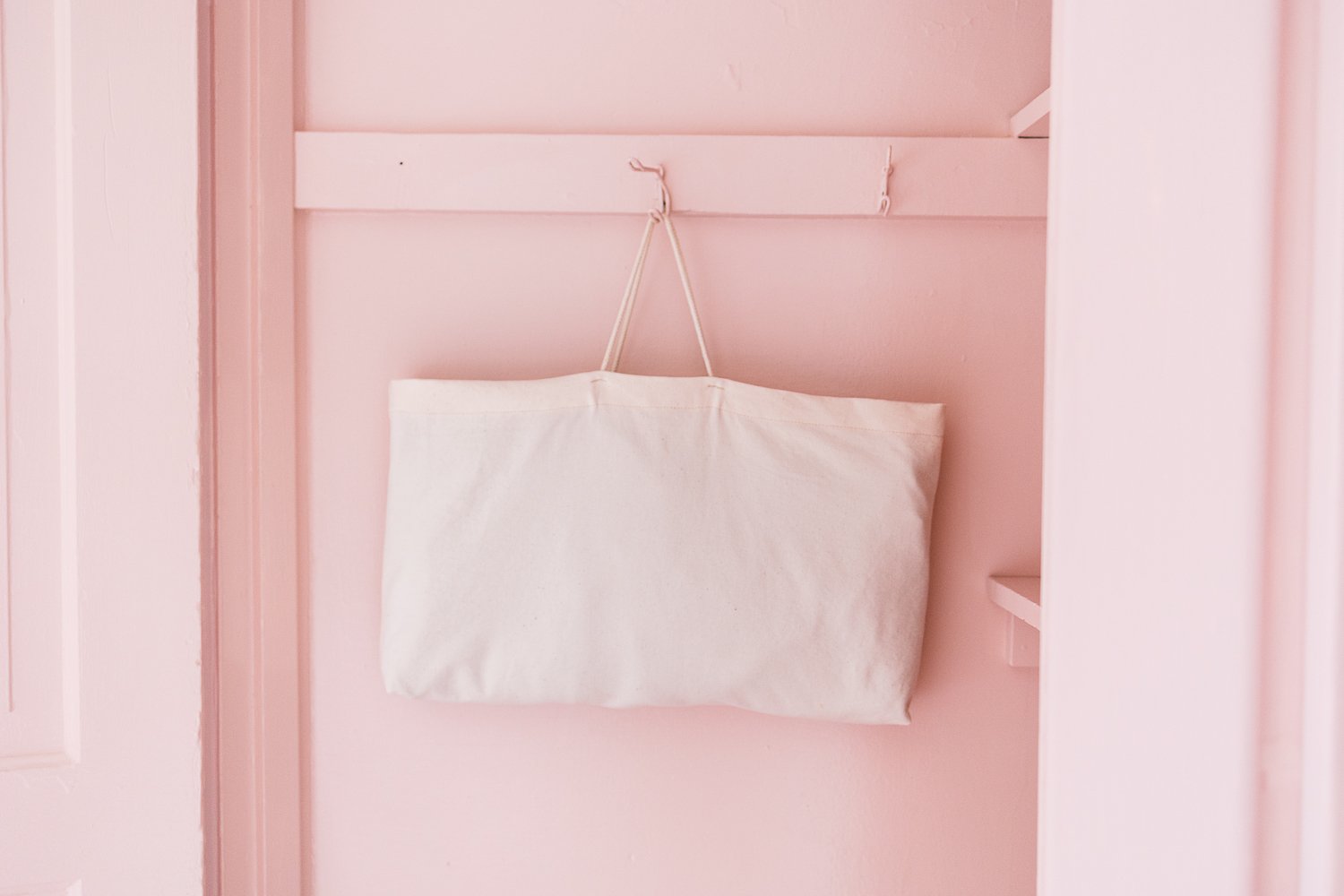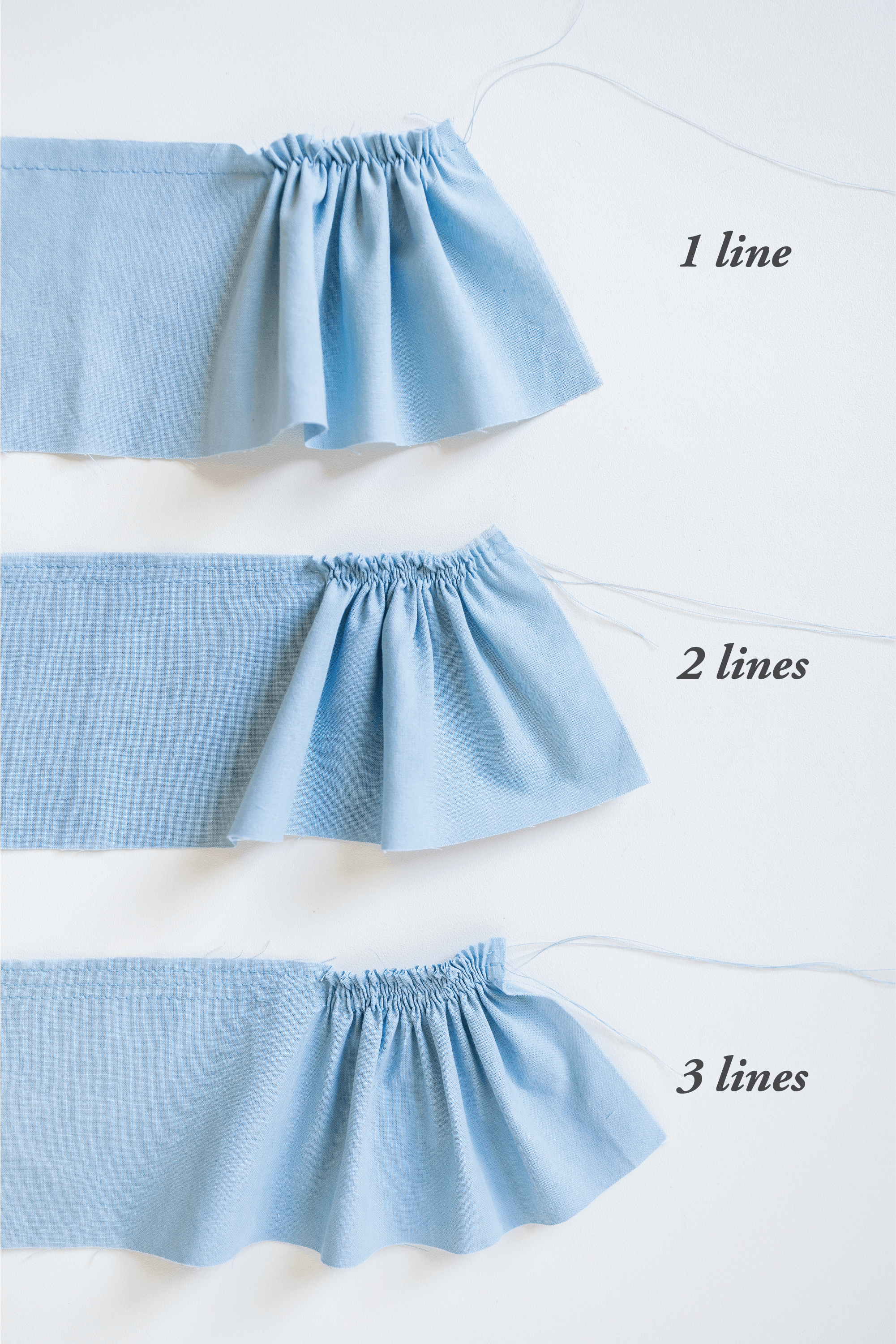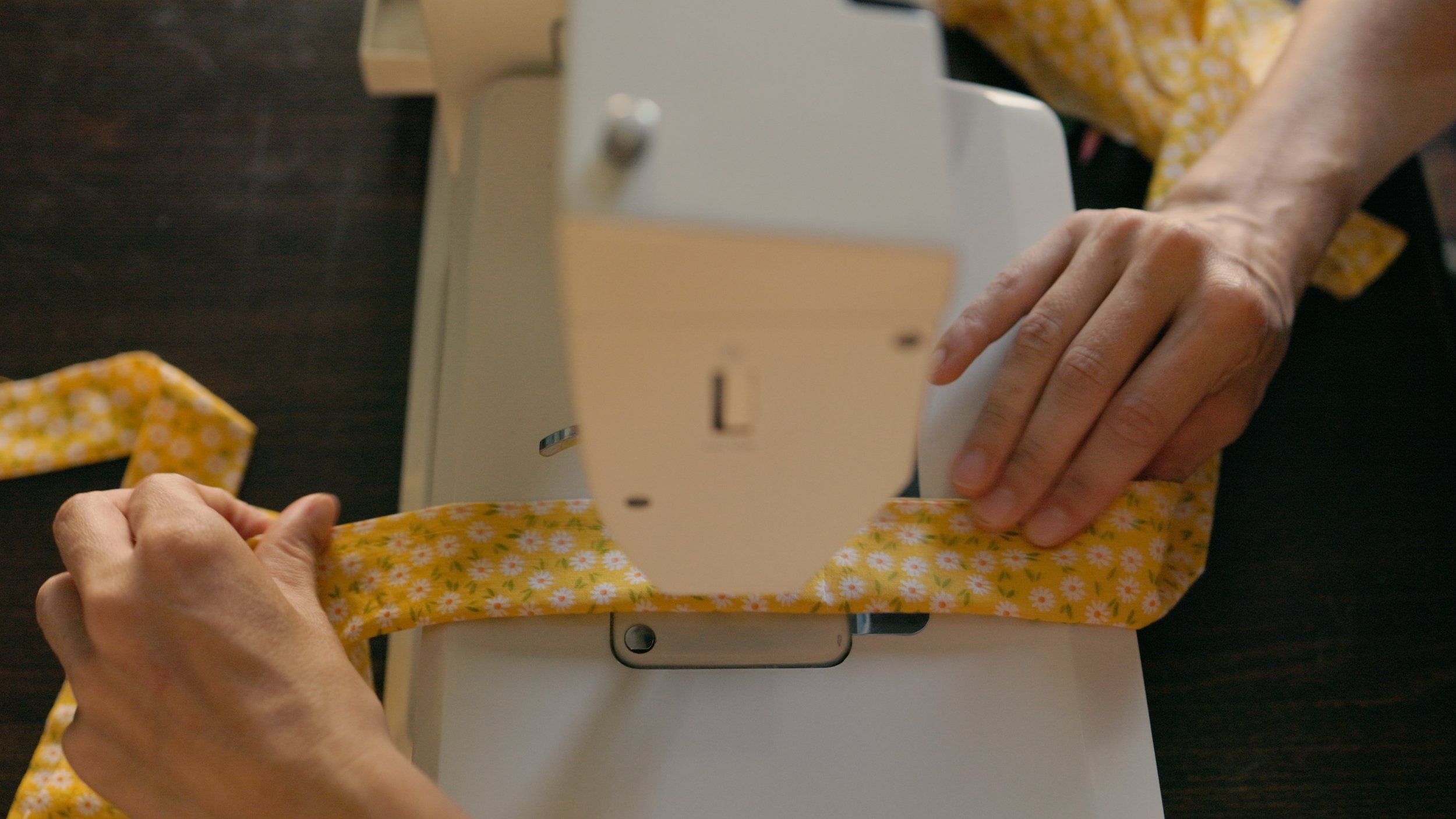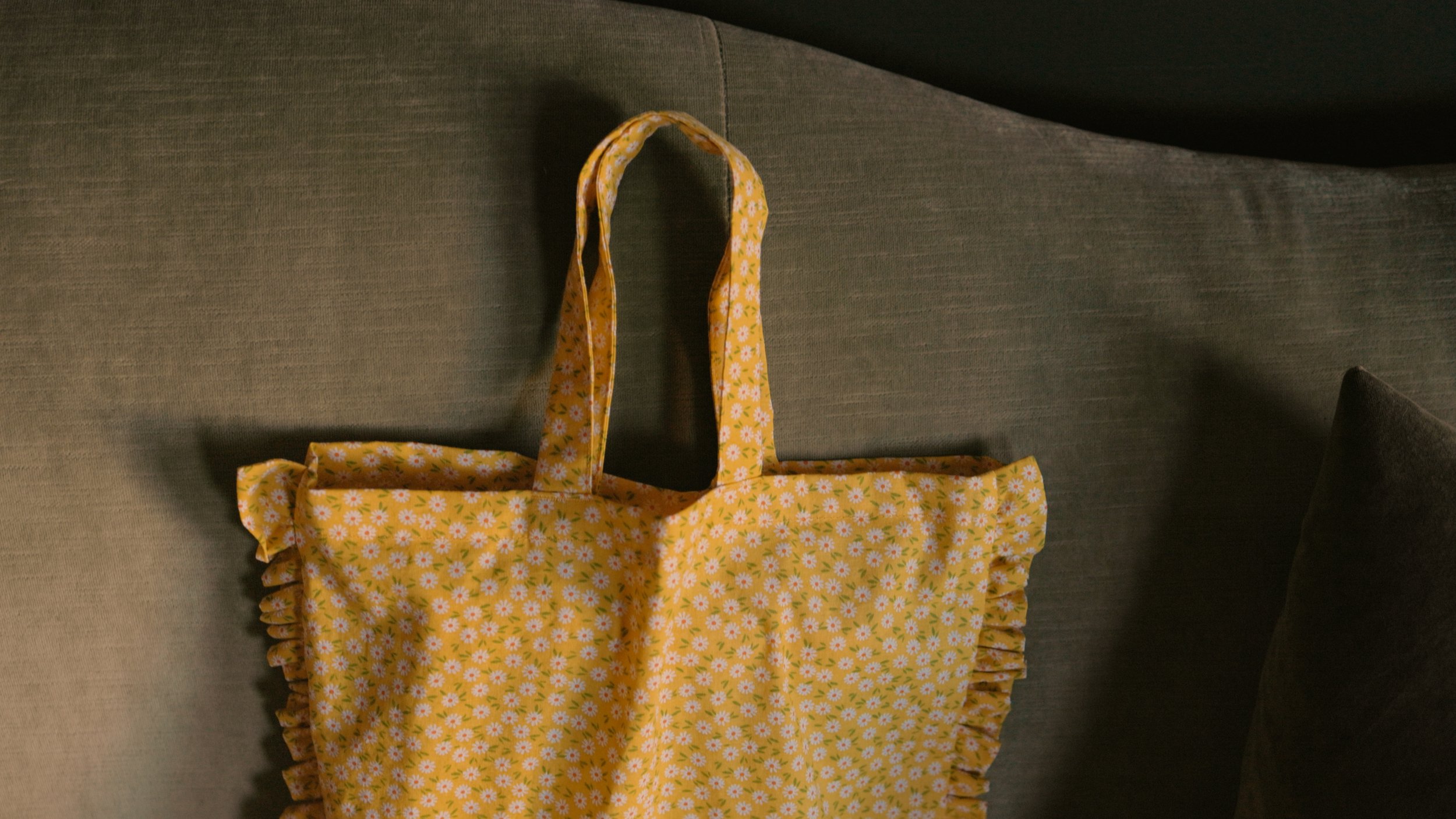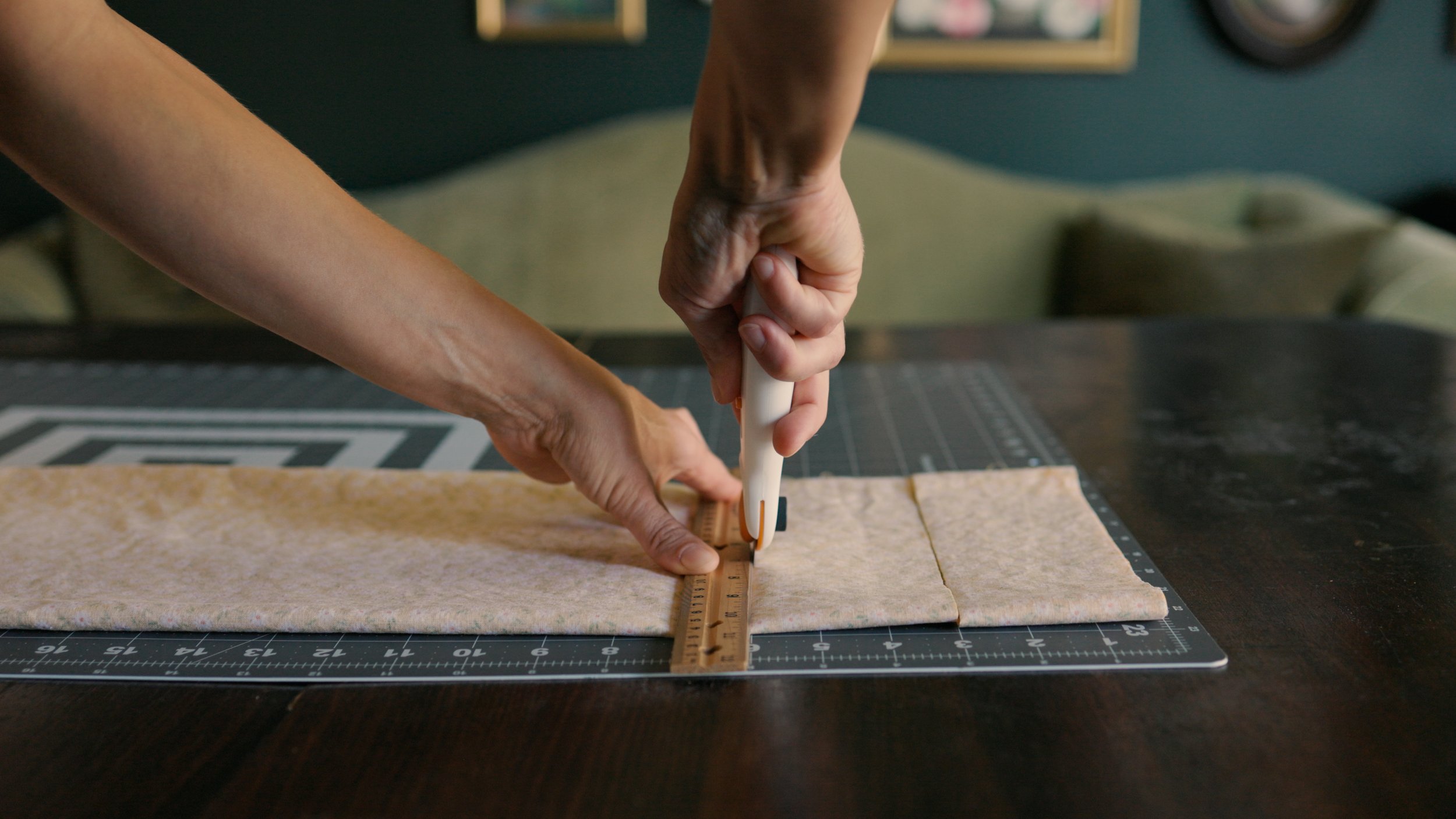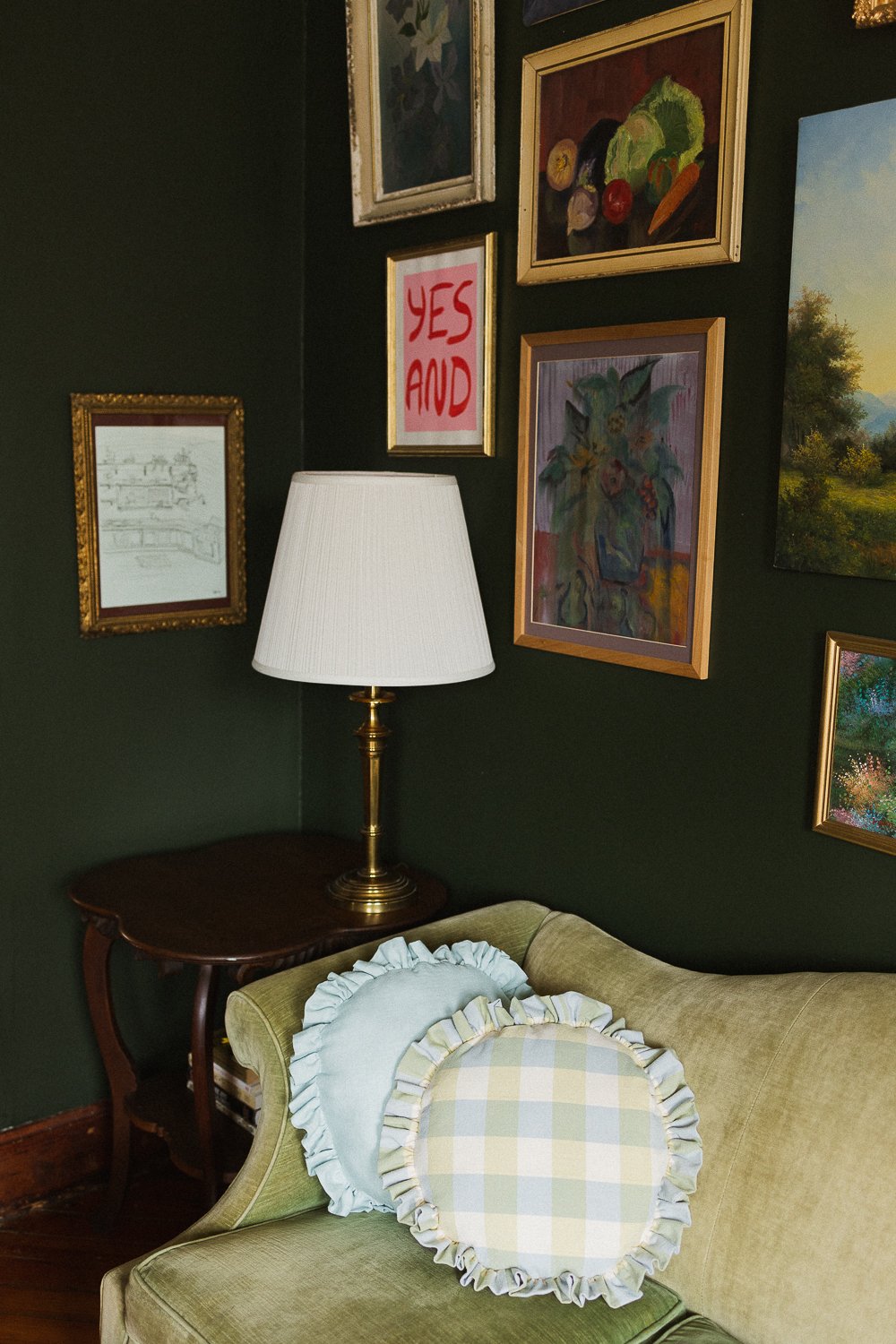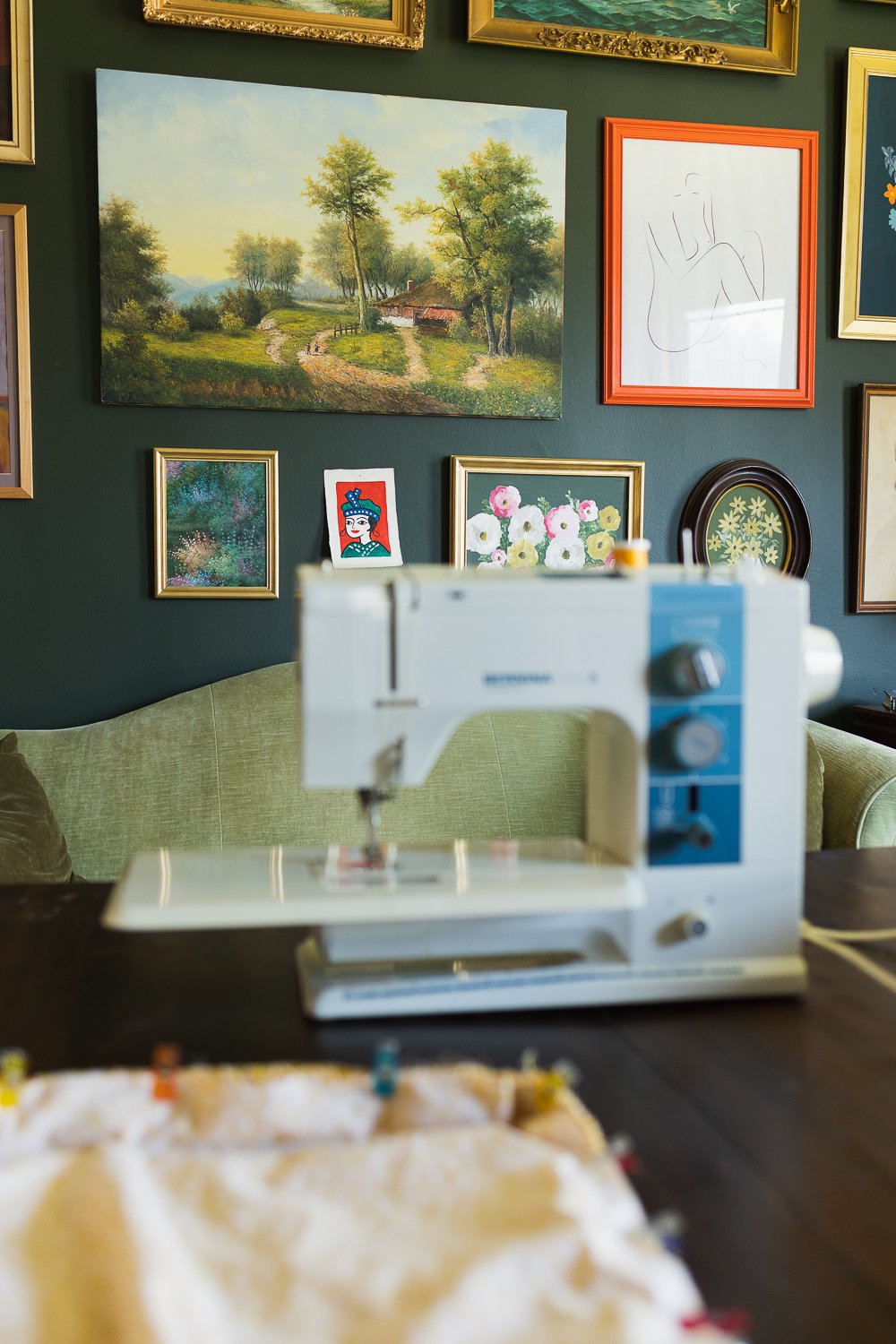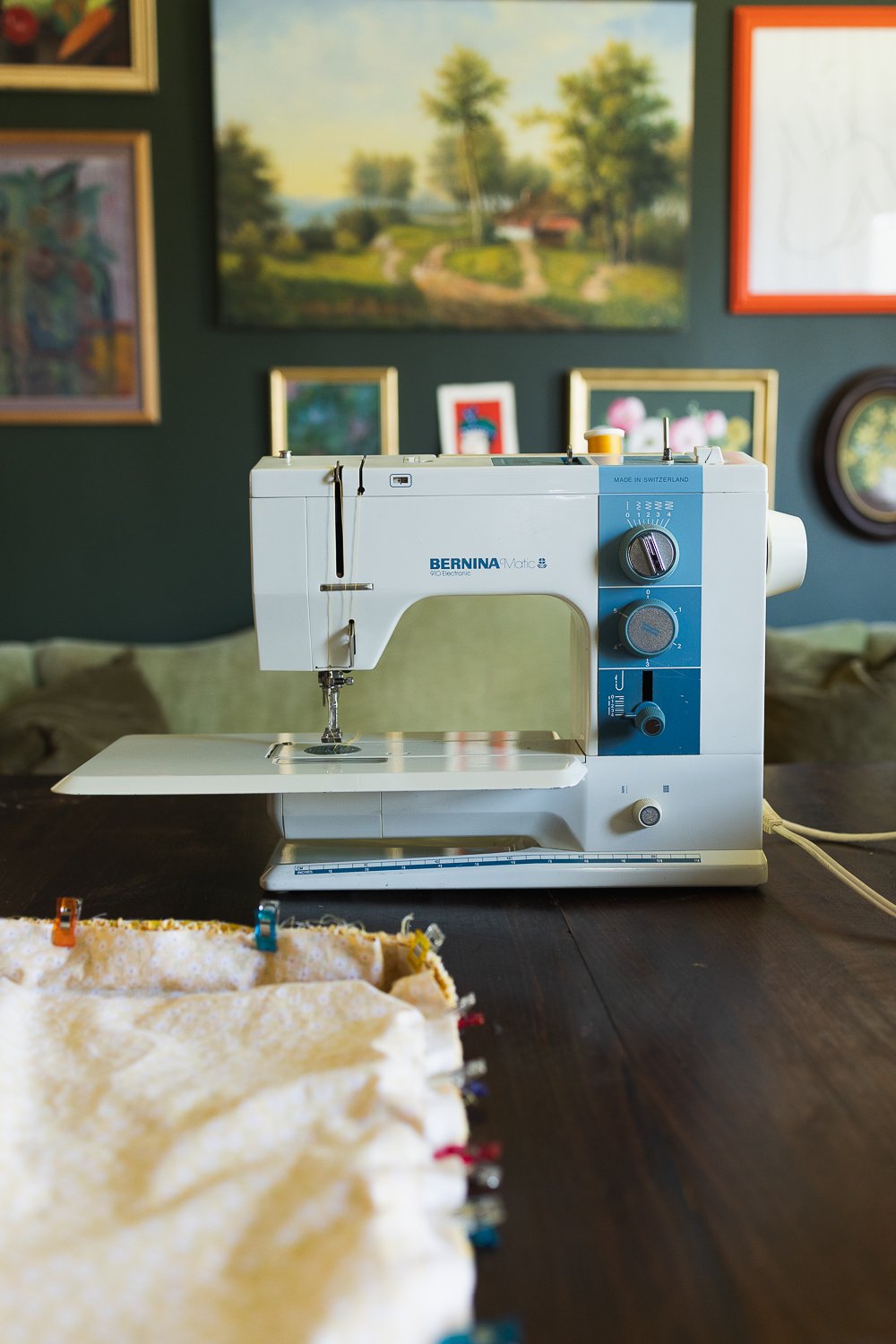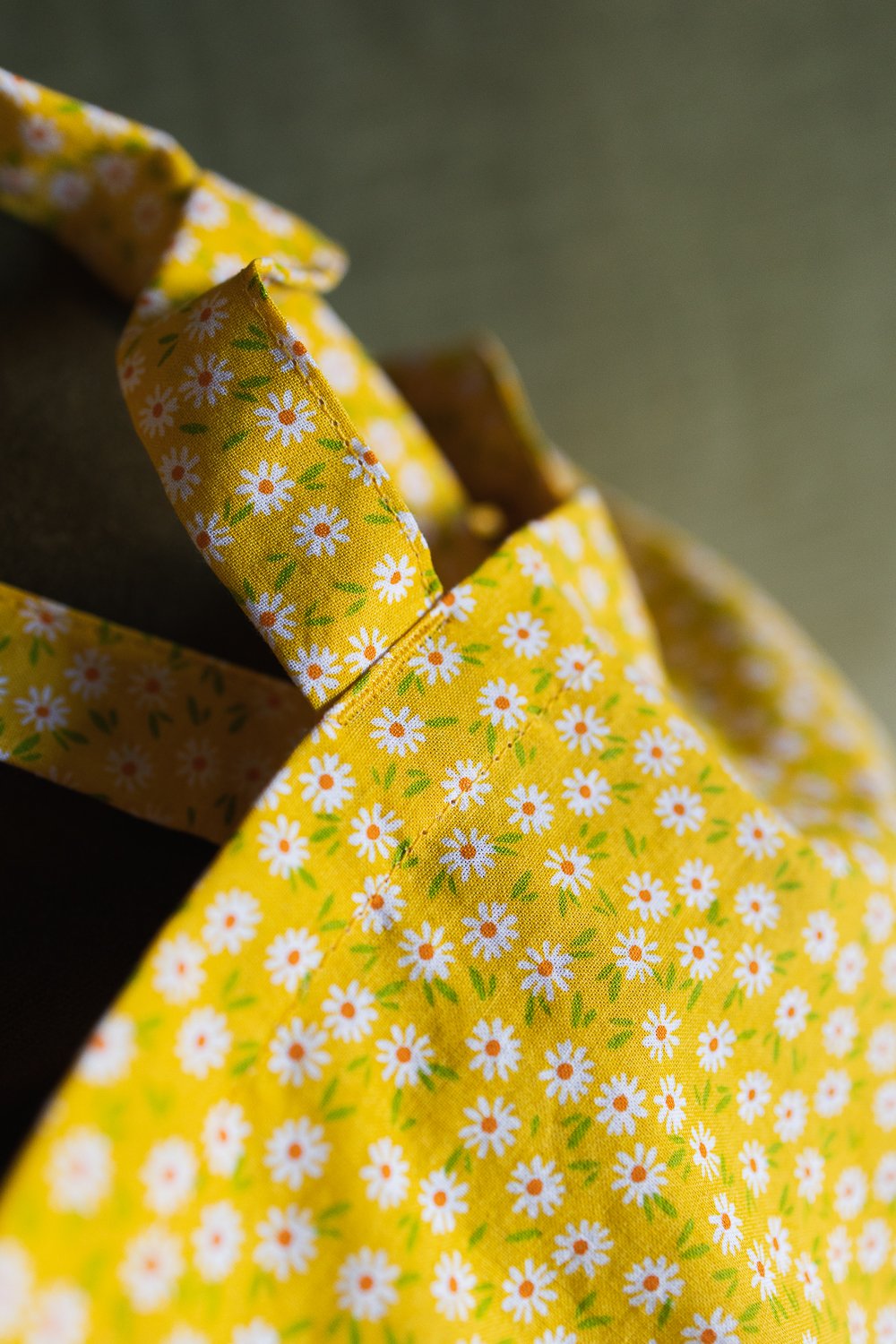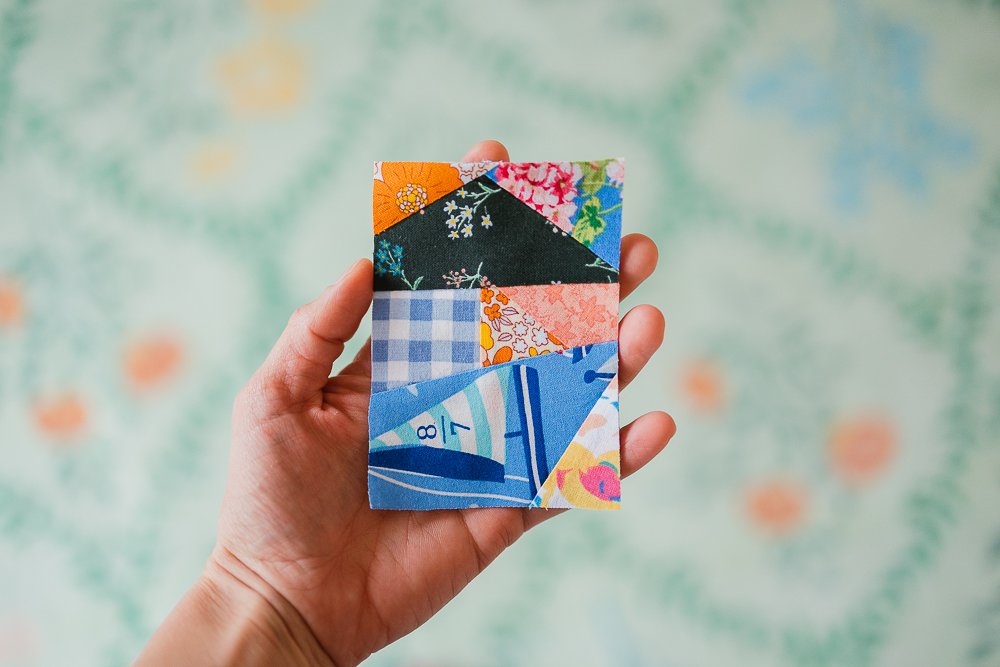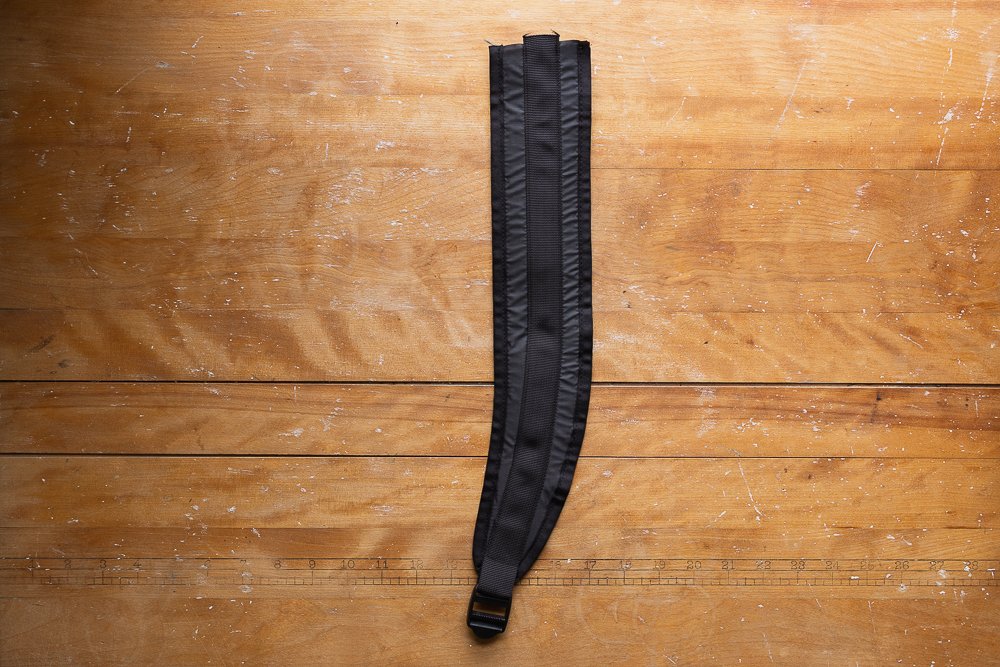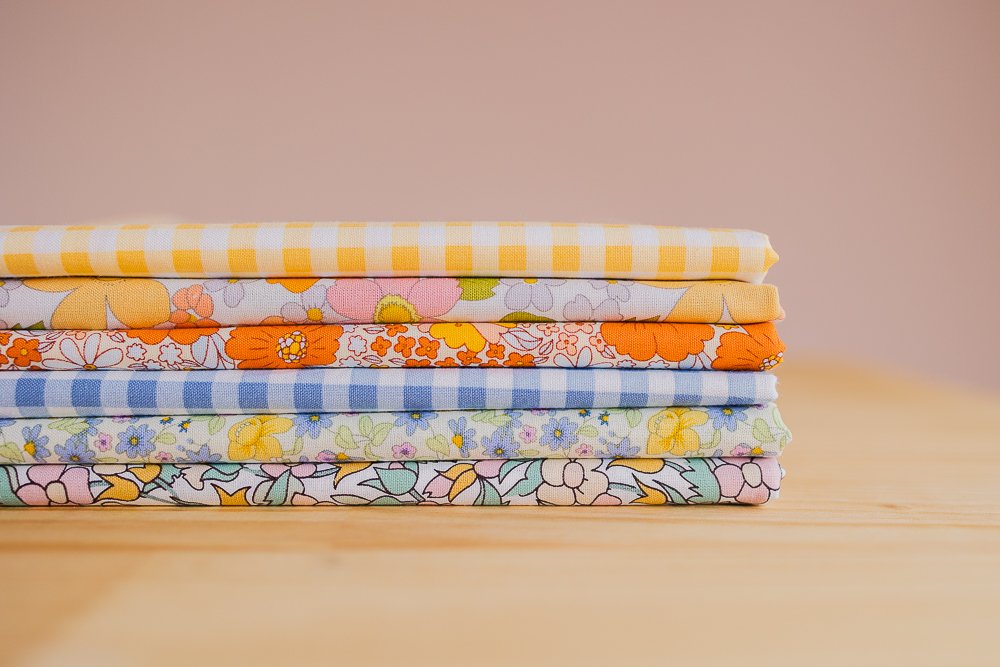Two fun things
1) Yellow ruffle tote. I just put together a full video tutorial in a blog post if you want to make one of your own!
2) I painted my sewing room pink. Floor, walls, trim. It’s making me pretty happy these days.
If you enjoyed this ruffle tote, you may also enjoy…
Step by step photo tutorial to fill your living room with ruffle pillows.
Everything you need to know to start playing with ruffles.
Use the Tote Bag Calculator and follow the step by step instructions to quickly make any size tote bag you want. Great afternoon project.





